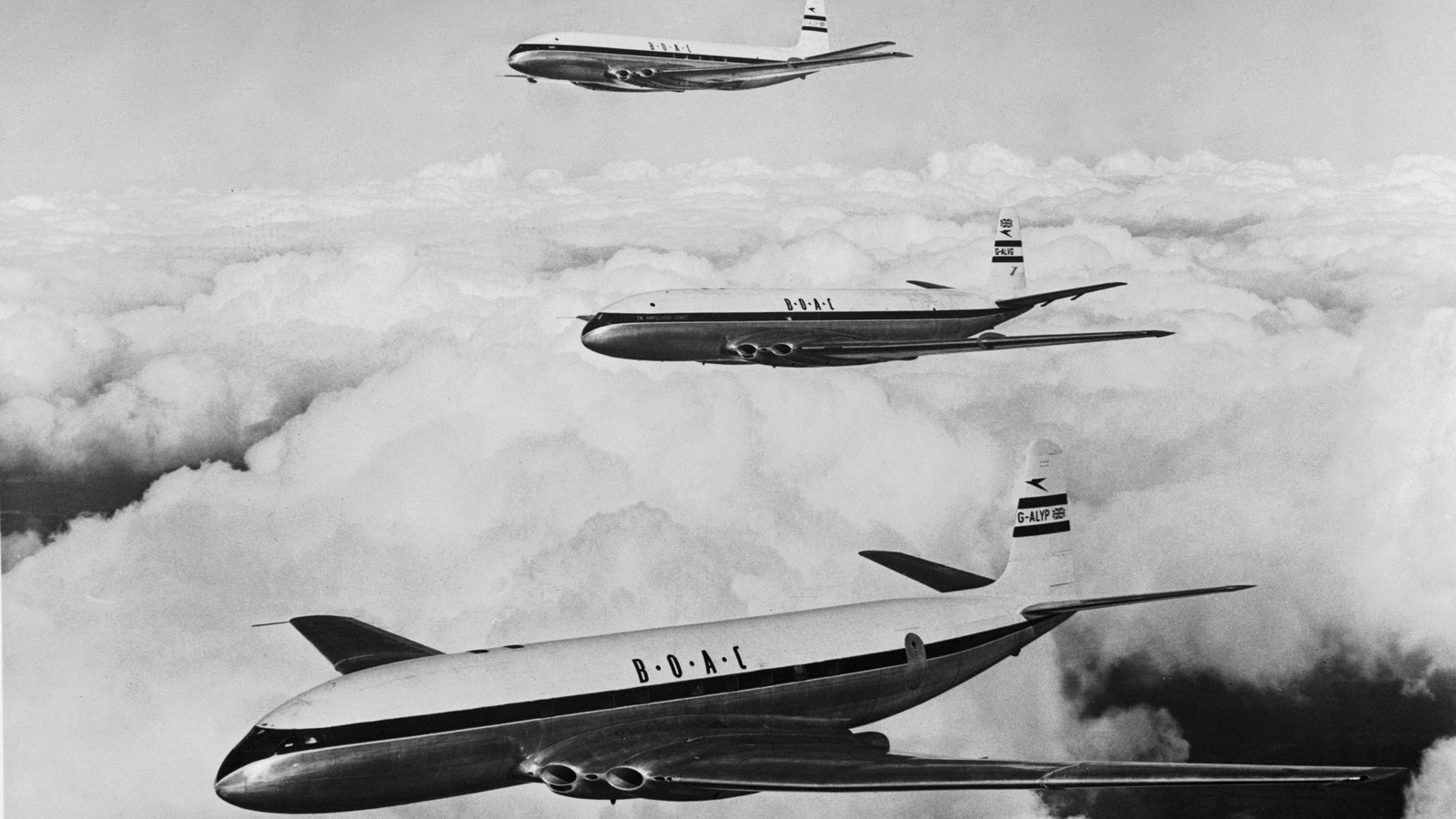
In 1946, three years after initially coming up with the idea, De Havilland began design work on the Comet. This design phase lasted three years, and the first Comet took flight on July 27, 1949. It underwent three more years of testing and tweaking before finally entering service on May 2, 1952, with the British Overseas Aircraft Corporation (BOAC).
The 44-seat (36 of which were for passengers) plane was to travel from London to Johannesburg at 480 miles per hour. Unfortunately, a mere 18 months after that inaugural flight in May of ’52, two crashes occurred within three months of each other in 1953 and 1954.
The first crash took place while delivering a plane to Canadian Pacific Air Lines, and as one might expect, the company cancelled the order. The second crash occurred when a BOAC Comet left Kolkata, India, and hit a storm. All 43 people aboard perished. Follow-up investigations and tests showed that after repeated pressurization and depressurization the metal fatigued, and caused cracks in the fuselage.
These setbacks didn’t deter De Havilland, as he released a new and improved version of the Comet four years later. However by then, both Boeing and Douglas had produced jet airliners (Boeing’s 707 and Douglas’ DC-8) and had since taken over the aviation industry.
For all the latest Games News Click Here
For the latest news and updates, follow us on Google News.
